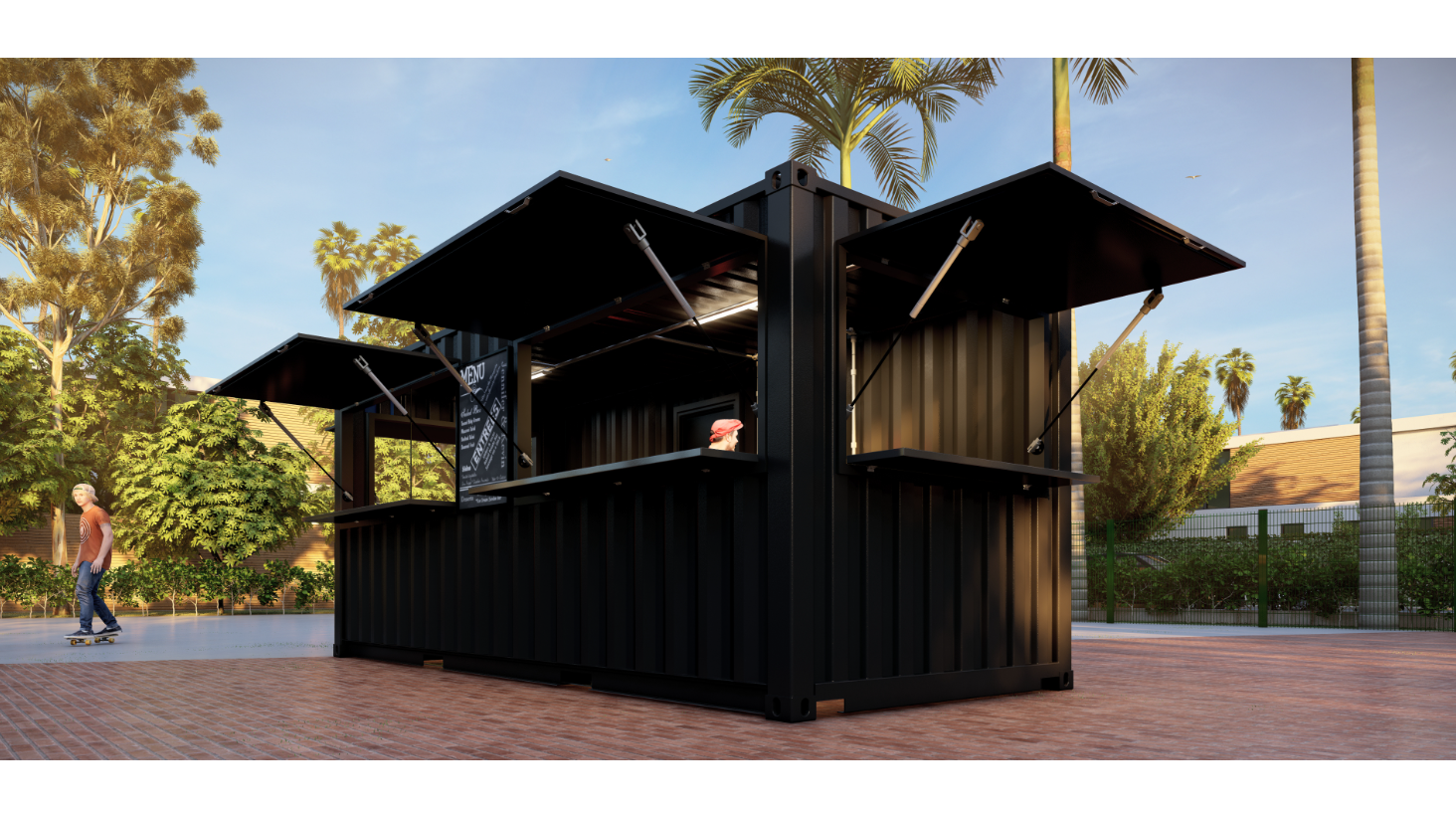Thinking about using a shipping container for your next project? Here’s what you need to know about costs and logistics before you commit.

Shipping containers have quickly moved beyond the docks and into everyday life, becoming a flexible and innovative solution for storage, workspaces, retail pop-ups and even homes. Their durability, modular design and relatively low base cost make them an attractive alternative to traditional construction.
However, while they offer clear benefits, before you get started on your shipping container journey, it is important to understand the full costs involved with buying a shipping container, including extra factors like finishing, labor and site preparation.
If you were looking for a shipping container just to be used for shipping, the answer to how much it costs would be pretty simple.
However, shipping containers are now enjoying increasing popularity far beyond their original logistics application as both temporary, semi-permanent and permanent storage and space solutions like mobile offices—and with this changing use comes different costings.
While standard shipping containers cost on average between $3,000 and $6,000, depending on their size and their condition, these costs will typically only include standard finishing services.
Custom finishing services—like additional personnel doors and windows, custom paint-jobs, superior insulation and HVAC, in-built furniture, and more—increase the initial outlay, sometimes significantly. Labor costs will also increase with more complex customization projects.
New buyers should also be prepared to factor in additional costs for site preparation like clearing, grading and excavating if their site is not presently fit for a container. In more complex terrain, or for larger and heavier containers and multi-container configurations, foundation work may also be required.
While a reputable container fabricator can do the full electrical and plumbing connections for the ISO itself (and may include this in the initial outlay costs), prospective buyers who are looking to set up a mobile office, or another work, business or community space—like a seasonal bar/restaurant or pop-up retail store—will also need to pay separately for the connection of utilities; water and sewage are typically charged by foot, while electrical is per project.
The good news is, there are a number of proven ways to keep costs down, including buying used or refurbished ISOs over brand new ones.
Plus, if you work with a trusted container supplier, they should be able to assist you with logistics and customization advice that will ensure you meet all your storage or space needs without accruing unnecessary costs.
Ultimately, the value of a shipping container lies in its versatility and longevity. With proper planning, containers can provide a cost-effective, low-maintenance, and highly adaptable solution for a wide range of uses. The key is to be informed about all the potential expenses—both upfront and long-term—so you can make smart decisions that align with your goals and budget.
With a clear view of the total costs and a reliable supplier on your side, a shipping container can be a smart investment. Whether you’re after storage, workspace or something more creative, it all starts with understanding the real price tag.
